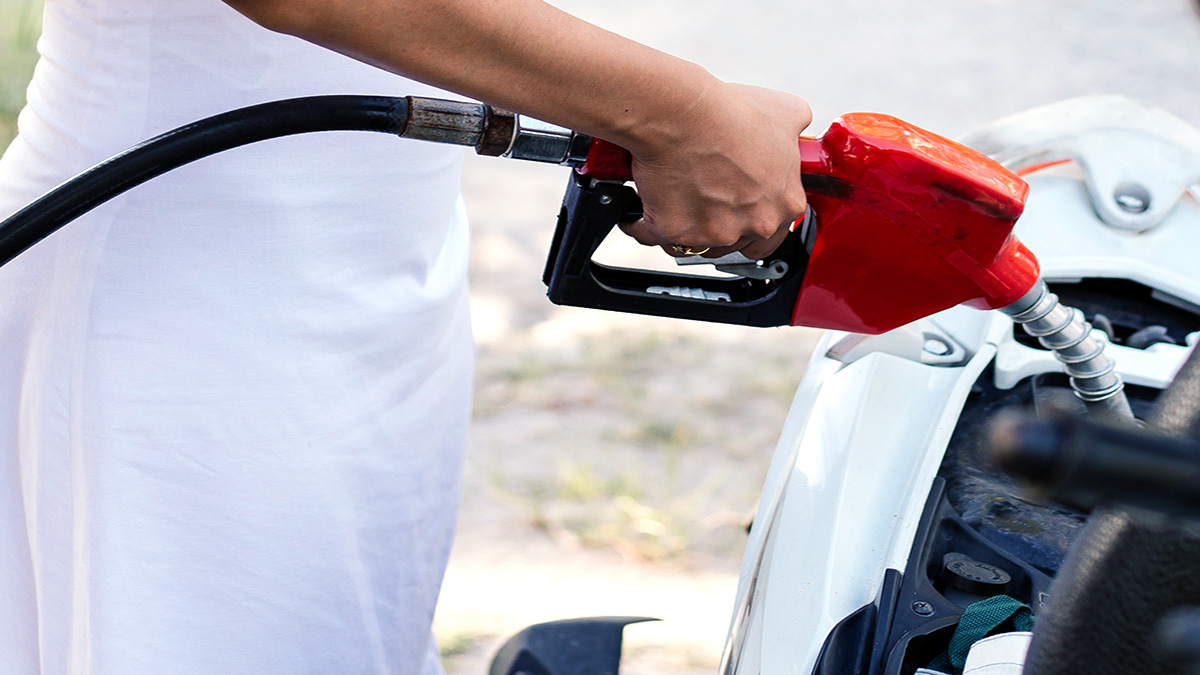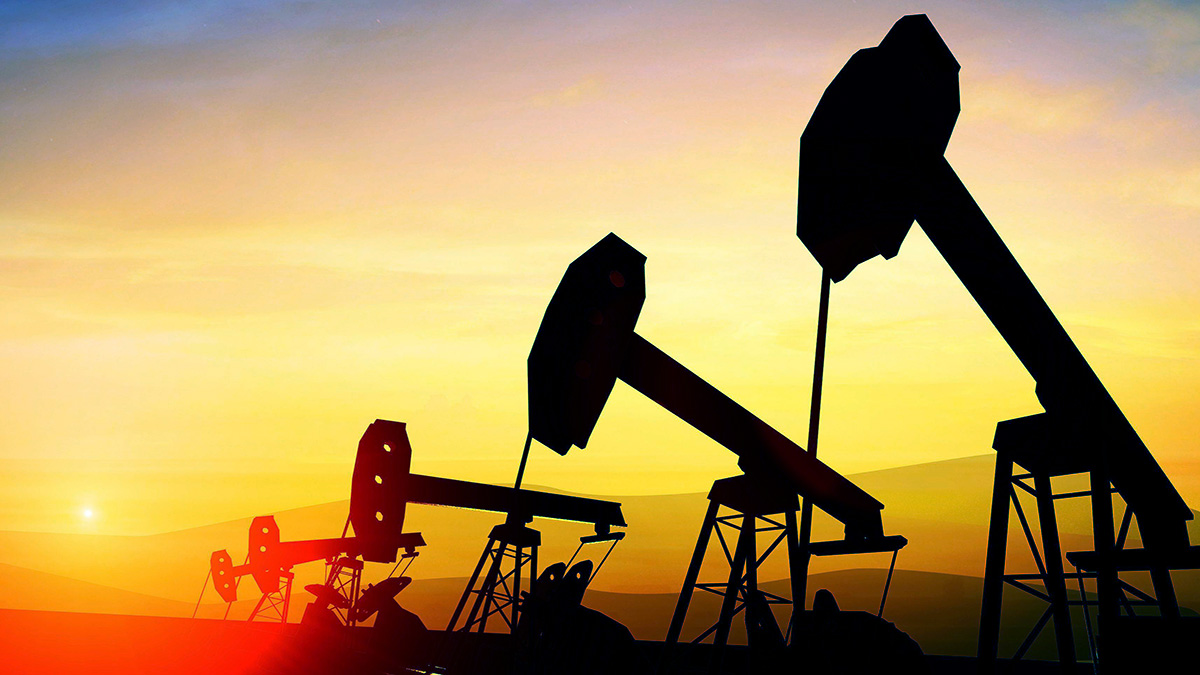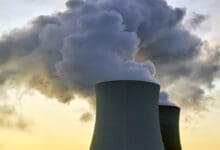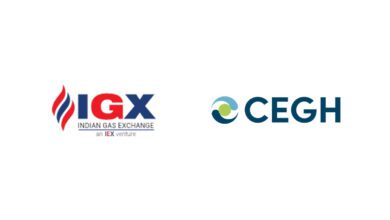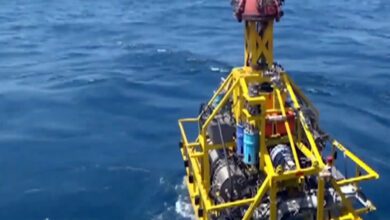The government’s collections from levy of excise duty on petroleum products have jumped 48% in the first four months of the current fiscal year, with the incremental mop-up being 3-times of the repayment liability of legacy oil bonds in the full fiscal, official data showed. Data available from the Controller General of Accounts in the Union Ministry of Finance showed excise duty collections during April-July 2021 surging to over ₹1 lakh crore, from ₹67,895 crore mop-up in the same period of the previous fiscal.
After the introduction of the Goods and Services Tax (GST) regime, excise duty is levied only on petrol, diesel, ATF and natural gas. Barring these products, all other goods and services are under the GST regime.
The incremental collections of ₹32,492 crore in the first four months of the fiscal year 2021-22 (April 2021 to March 2022) is three-times the ₹10,000 crore liability that the government has in the full year towards repayment of oil bonds that were issued by the previous Congress-led UPA government to subsidise fuel.
Bulk of excise duty collection is from the levy on petrol and diesel and with sales picking up with a rebounding economy, the incremental collections in the current year may be over ₹1 lakh crore when compared with the previous year, industry sources said.
In all, the UPA government had issued ₹1.34 lakh crore worth of bonds (equivalent to a sovereign commitment to pay in future) to state-owned oil companies to compensate them for selling fuel such as cooking gas LPG, kerosene and diesel at rates below cost.
Of this, ₹10,000 crore is due to be repaid in the current fiscal, according to the finance ministry.
First, Finance Minister Nirmala Sitharaman and then Oil Minister Hardeep Singh Puri had blamed the oil bonds for limiting fiscal space to give relief to people from fuel prices trading at near record high.
Sitharaman had last month ruled out a cut in excise duty on petrol and diesel to ease prices, saying payments in lieu of past subsidised fuel pose limitations. She put the total liability that the BJP government has to service ₹1.3 lakh crore.
On September 2, a day after Congress leader Rahul Gandhi launched a scathing attack on the government for raising cooking gas prices, Puri put the total liability at over ₹1.5 lakh crore.
“In India’s Lost Decade known for rampant impunity & policy paralysis, UPA Govt saddled future govts with Oil Bonds. More than ₹1.5 lakh cr of these remain to be repaid, thus tying up crucial resources, limiting fiscal space & restricting financial freedom of OMCs,” he had tweeted.
Puri, a 1974 batch Indian Foreign Service officer who served as the Permanent Representative of India to the United Nations from 2009 to 2013, went on to say that the exploration and production (E&P) sector was fund-starved.
“The important E&P sector was fund-starved. As a result, our import bill continues to be high. Nearly ₹3.6 lakh cr profits of oil companies were instead used for price stabilisation by a remote controlled government of economic experts to hide behind an All is Well smokescreen,” he had tweeted.
Bulk of the excise collections comes from petrol and diesel on which the Modi government had levied record taxes last year.
Excise duty on petrol was hiked from ₹19.98 per litre to ₹32.9 last year to recoup gain arising from international oil prices plunging to multi-year low as pandemic gulped demand.
Petrol and diesel as well as cooking gas and kerosene were sold at subsidised rates during the previous Congress-led UPA government. Instead of paying for the subsidy to bring parity between the artificially suppressed retail selling price and the cost that had soared because of international rates crossing $100/barrel, the then government issued oil bonds totalling ₹1.34 lakh crore to the state-fuel retailers.
These oil bonds and the interest thereon are being paid now.
Of the ₹1.34 lakh crore of oil bonds, only ₹3,500 crore of principal has been paid and the remaining ₹1.3 lakh crore is due for repayment between this fiscal and 2025-26, according to information made available by the finance ministry.
The government has to repay ₹10,000 crore this fiscal year (2021-22). Another ₹31,150 crore is due to be repaid in 2023-24, ₹52,860.17 crore in the following year and ₹36,913 crore in 2025-26.
Minister of State for Petroleum and Natural Gas Rameswar Teli had in July told Parliament that the Union government’s tax collections on petrol and diesel jumped by 88% to ₹3.35 lakh crore in the year to March 31, 2021 (2020-21 fiscal) from ₹1.78 lakh crore a year back.
Excise collection in pre-pandemic 2018-19 was ₹2.13 lakh crore.
The hike in taxes last year did not result in any revision in retail prices as they got adjusted against the reduction that was warranted because of the fall in international oil prices.
But with the demand returning, international oil prices have soared, which have translated to record high petrol and diesel prices across the country. More than half the country has petrol at over ₹100-a-litre mark and diesel is above that level in Rajasthan, Madhya Pradesh and Odisha.
The rates were not cut drastically when international oil prices fell from $77 a barrel to under $65. Petrol has been cut from a peak of ₹101.84 a litre in Delhi to ₹101.19 while diesel rates have declined to ₹88.62 a litre from ₹89.87. LPG rates have been hiked by ₹190 per cylinder since July.
Industry sources said the government had ordered a pause on rates during the assembly elections in states such as West Bengal. That pause meant that the retail prices did not rise in line with cost and now the oil companies are recouping their losses when rates have fallen.


